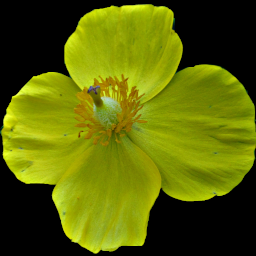
These beautiful flowers, close relatives of the garden Bachelor’s Button (Centaurea cyanus), seem to be found almost exclusively along railroads. The color is variable from purple through white, but this purplish pink is by far the most common color. This plant grew along the railroad near the river on the South Side, where it was blooming in the middle of June.
Gray describes the genus and the species:
CENTAUREA L. STAR THISTLE
Heads many-flowered; flowers all tubular, the marginal often much larger (as it were radiate) and sterile. Receptacle bristly. Involucre ovoid or globose, imbricated; the bracts margined or appendaged. Achenes obovoid or oblong, compressed or 4-angled, attached obliquely at or near the base; pappus setose or partly chaffy, or none. Herbs with alternate leaves; the single heads rarely yellow. (Kentaurie, an ancient Greek plant-name, poetically associated with Chiron, the Centaur, but without wholly satisfactory explanation.)
C. maculosa Lam. Pubescent or glabrate, with ascending rather wiry branches; involucre ovoid-cainpanulate, in fruit becoming open-campanulate; the outer and middle ovate bracts with rather firm points and with 5-7 pairs of cilia at the dark tip; innermost bracts elongate, entire or lacerate; corollas whitish, rose-pink, or purplish, the marginal falsely radiate. Waste places, roadsides, etc., N. E. to N. J. (Adv. from Eu.)




